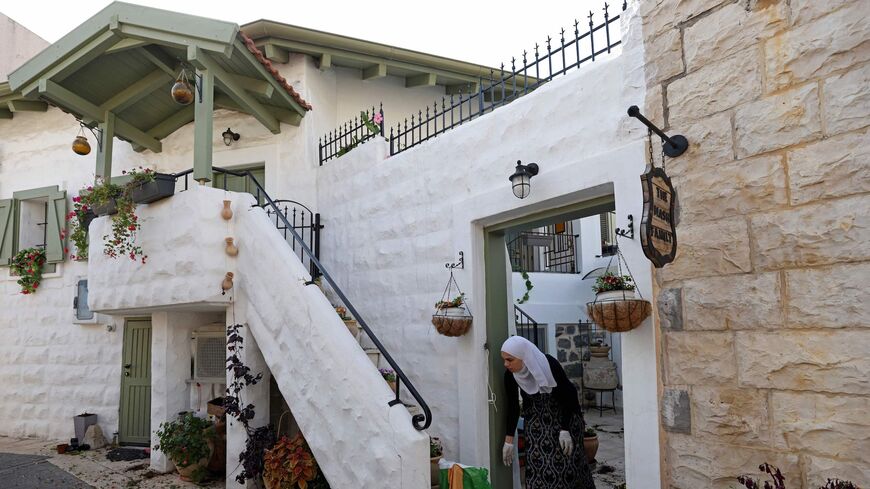Tel Aviv — Israel’s Tourism Ministry proudly announced on Tuesday that the Circassian Kfar Kama village has been included in the United Nations' "Best Tourism Villages 2022." The 32 villages were selected by the UN World Tourism Organization to both promote tourism and safeguard rural communities and their landscapes.
The prestigious competition, now in its second year, included 130 villages in 57 countries of up to 15,000 residents, small communities where the tourism industry is often underfunded compared with urban areas, develop sustainable tourism. Entrants offered visitors a wholesome experience including historic villages, a cultivated landscape and natural and cultural diversity as well as local values and activities, including gastronomy.
The Circassian community in Israel counts some 4,000 to 5,000 people, and the majority of them live in Kfar Kama. Both Kfar Kama and the other main Circassian village in Israel — Rehaniya — are located in the Galilee region, in the north of the country.
In the late 1870s, under the Ottoman Empire and in the midst of the 100-year Russo-Circassian War, a group of Circassians fleeing persecution arrived to the Galilee and settled there. Today’s Israeli Circassians are all descendants of these Circassian tribes from the North Caucasus region, bordering the Black Sea, and most of them are Sunni Muslims. Together with the Druze community, and unlike Arab Israelis, they serve in the Israeli army. They speak both Hebrew and Arabic and their schools operate in Hebrew, though the Circassian language and heritage are also taught.
Kfar Kama features unique architecture and a construction style intended to defend the village from attack. The historic village was built in the old Circassian style, with narrow streets and adjacent courtyards connected by doors in the common walls. The houses, mostly constructed of local black basalt stone and unique tiles, are built around the village’s only mosque. It differs from other mosques in Israel with its octagonal minaret, and the alternating black and white stones of its outer walls.
Over the years, local leaders and the Tourism Ministry have invested heavily into preserving the village’s heritage and developing tourist attractions including dance performances and music festivals. The village is full of restaurants offering unique cuisine. Several residents offer riding tours, a dairy holds workshops on cheese making and the Circassian Heritage Conservation Center organizes tours of the old alleyways.
The UN body selected another 20 villages for its "UNWTO Upgrade Program." These communities that don’t meet the criteria for recognition will receive support to improve their eligibility for the future. Kibbutz Neot Smadar in the Arava Desert in southern Israel was included in this second list. Established in 1989, the kibbutz is fully organic. Its economy is based on agriculture, including vineyards, deciduous trees, olives, date plantations and herbs. The villages produces high-quality olive oil and a variety of goat cheeses in a striking desert landscape.







